Did you know that two major energy sources – hydro and solar power – have deep roots in Wisconsin history? It’s true. You might even say a current of energy-related ingenuity surged through our great state throughout the 19th and 20th centuries. Read on if we’ve ignited your curiosity.
Don’t go chasing waterfalls…
Hydroelectric energy, also called hydroelectric power or hydroelectricity, is a form of energy that harnesses the power of water in motion—such as water flowing over a waterfall—to generate electricity. A dam backs up the water source, creating a deep reservoir and a higher fall of water. The reservoir serves as a form of stored energy and, when released, its force turns a turbine. The turbine turns a generator which produces energy.
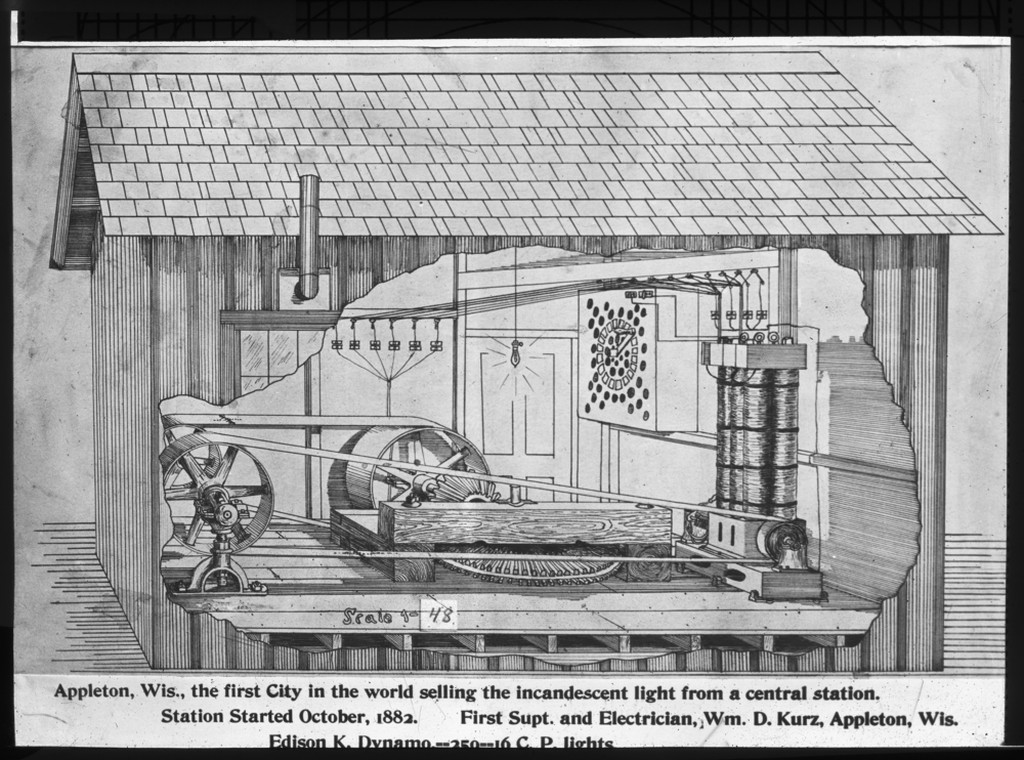
Lawrence University / Artstor
Wisconsin has a long history utilizing the power of moving water. The first hydroelectric power plant in the United States was built on the Fox River in Appleton, Wisconsin. That plant, the Vulcan Street Plant, became operational on September 30, 1882. It was also the first hydroelectric central station to serve a system of private and commercial customers in North America.

St. Norbert College
The plant was housed in the Appleton Paper and Pulp Company building and featured an Edison “K” type dynamo that produced about 12.5 kilowatts of electricity from a water-powered turbine to light three buildings — two paper mills and the home of the Appleton Paper and Pulp Company owner, Henry James Rogers. The Vulcan Street Plant burned to the ground in 1891, but a replica was built on South Oneida Street in 1932.
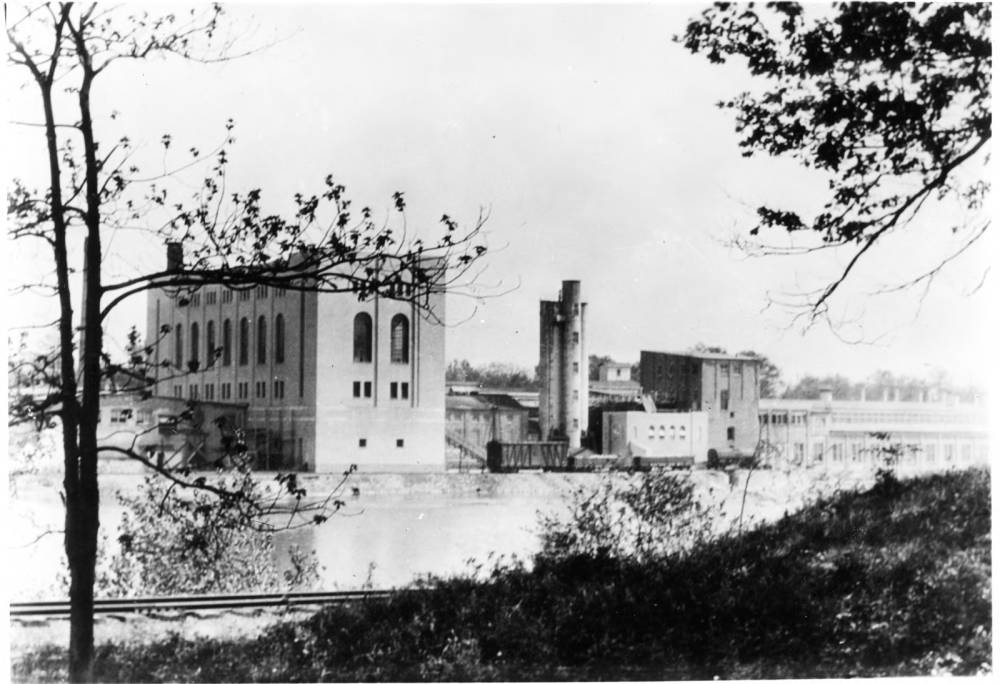
McMillan Memorial Library
Located at 625 West Prospect Avenue in Appleton, Henry James Rogers’ home, now the Hearthstone Historic House-Museum, was the first residence in the United States to be powered by a centrally located hydroelectric station using the Edison light fixtures and system. It is also one of the few surviving examples of wiring and lighting fixtures from the dawn of the electrical age.
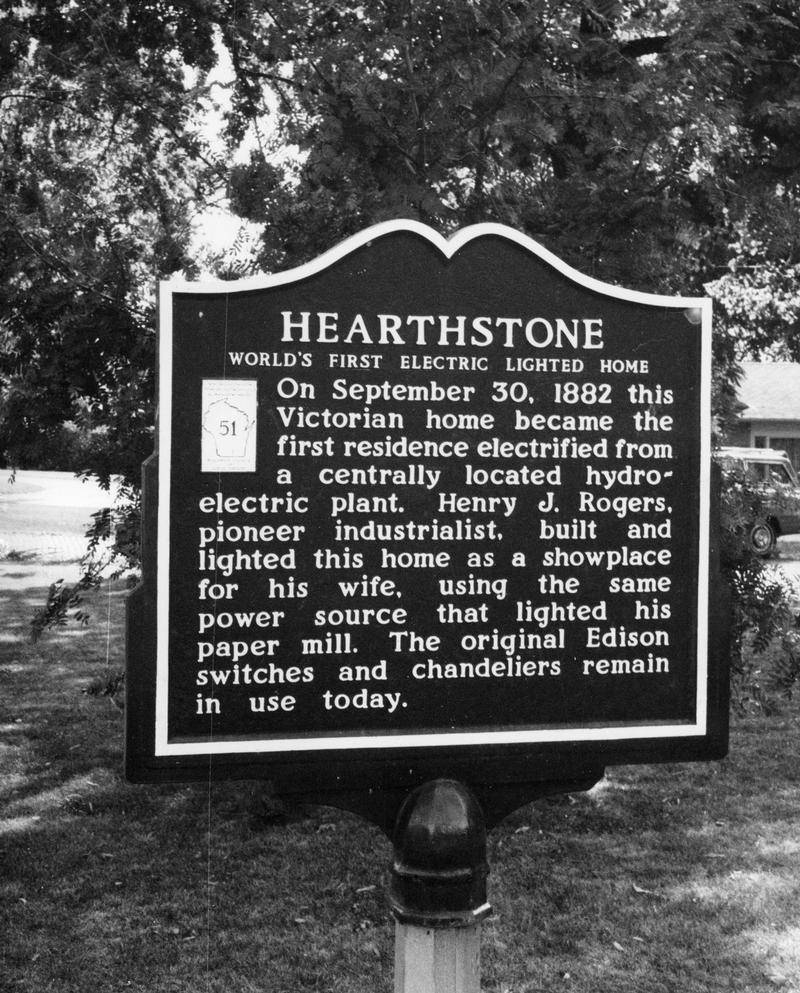
Wisconsin Historical Society
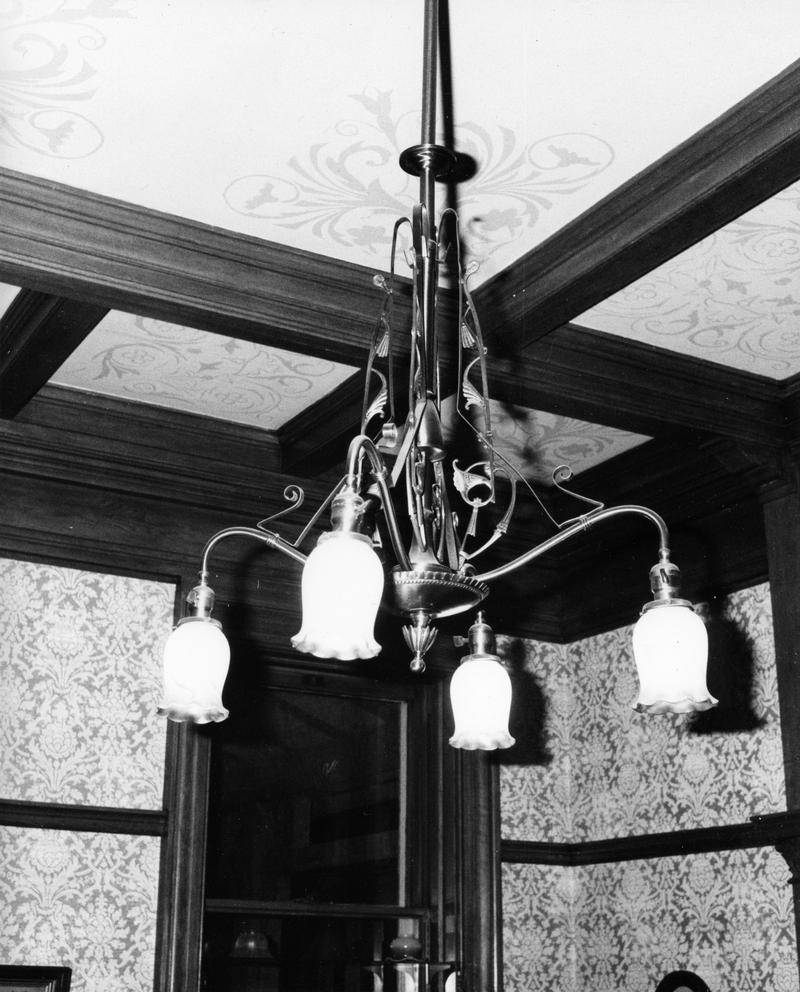
Wisconsin Historical Society
Here comes the sun!
Solar energy is radiant light and heat from the sun, harnessed using a range of technologies. Active solar techniques include the use of photovoltaic systems, concentrated solar power and solar water heating to harness the energy. Passive solar techniques include orienting a building to the sun, selecting materials with favorable thermal mass or light-dispersing properties and designing spaces that naturally circulate air.
An individual with strong ties to Wisconsin, Farrington Daniels (1889-1972), is considered one of the pioneers of modern direct use of solar energy. Between 1920 and 1972, Daniels served as Professor of Chemistry, Chair of the Department of Chemistry, and Emeritus Professor of Chemistry at the University of Wisconsin-Madison.
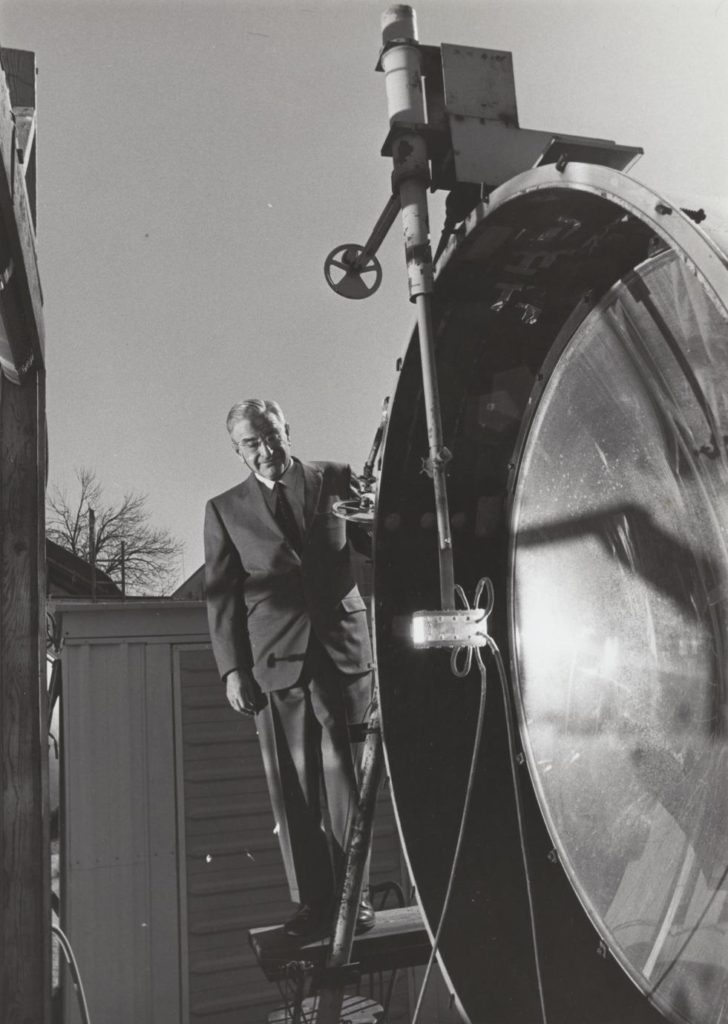
UW Madison Archives, 2018s00211
As director of the University of Wisconsin-Madison’s Solar Energy Laboratory, Farrington Daniels enthusiastically explored practical application of solar power such as cooking, space heating, agricultural, distillation, cooling and refrigeration, and photo- and thermo-electric conversion. Long before “alternative energy” was a trending topic, Farrington believed there were many practical applications of solar energy in the world. He devoted the last two decades of his career to this endeavor.
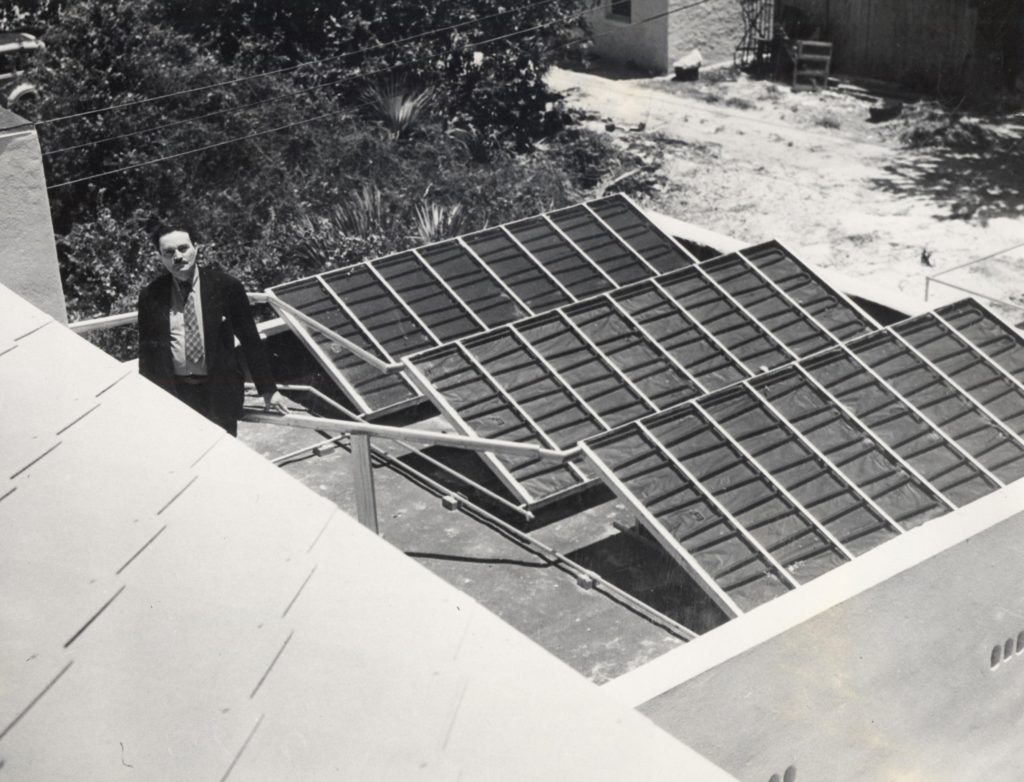
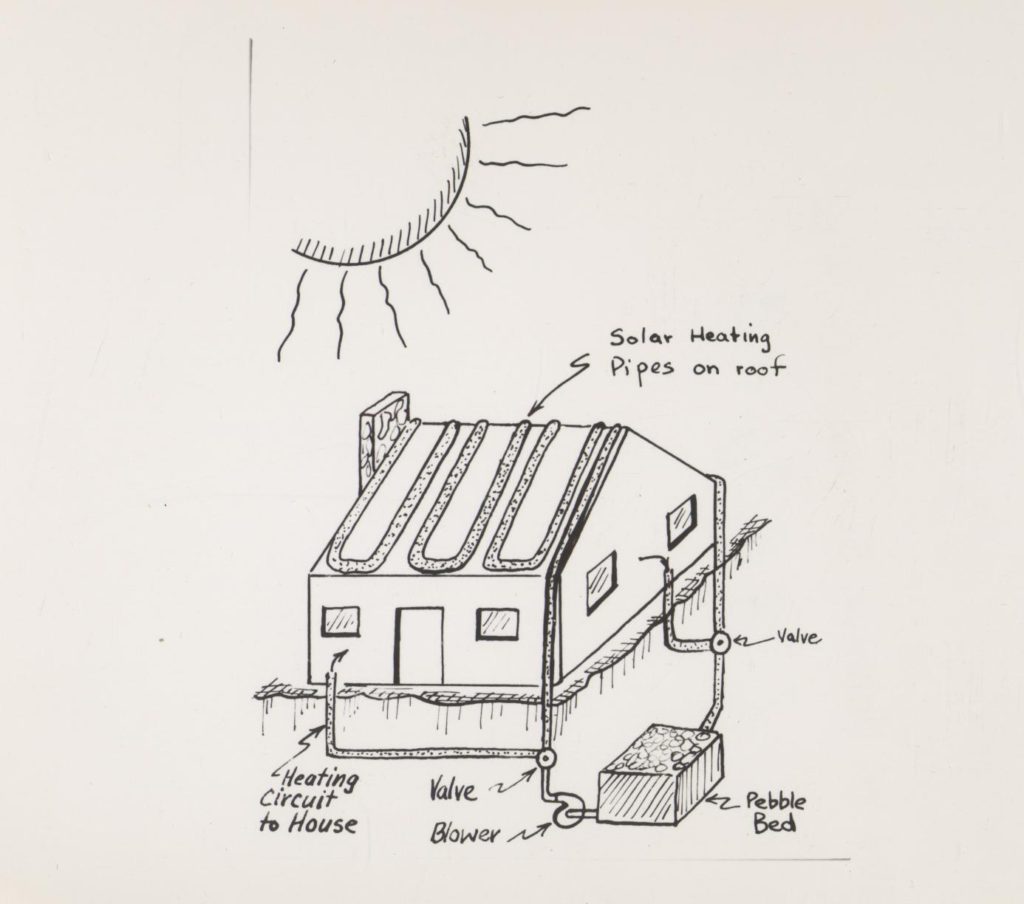
The future is here!
Unlike flying cars and commercial space travel, there is no need to wait until 2118 (see below) to appreciate our public buildings powered by the sun. McMillan Memorial Library in Wisconsin Rapids installed one of the largest solar projects in Central Wisconsin. Funded by a public/private partnership, their 235 kW / 470 panel system produces enough electricity for 25 average homes. Learn more about McMillan Memorial Library’s solar garden and their ongoing commitment to renewable energy.
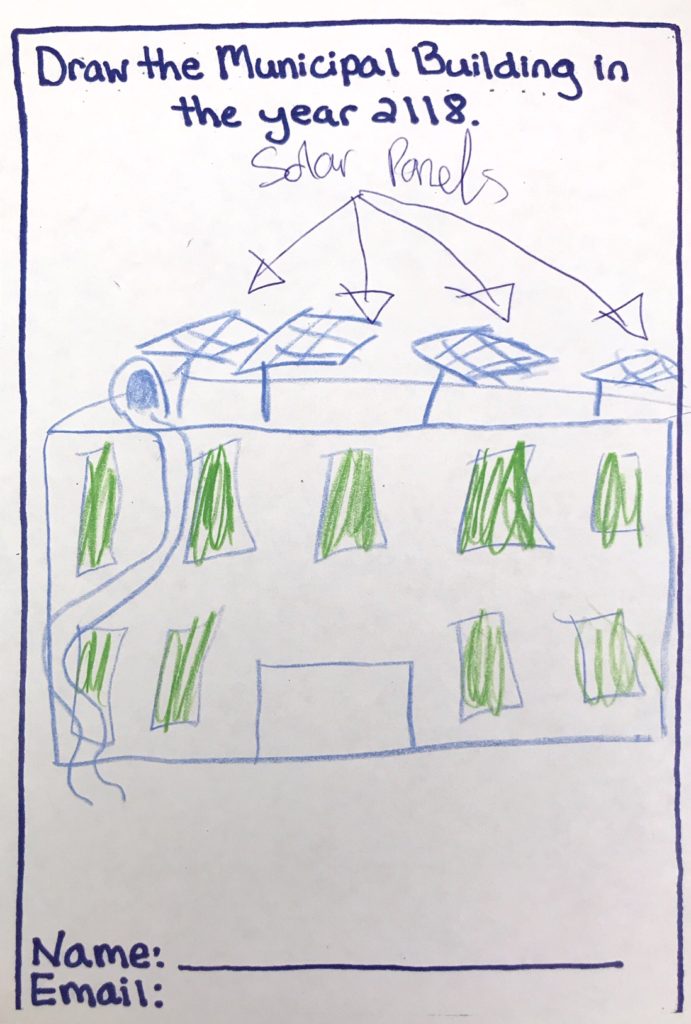
Madison Public Library, Madison Living History Project
Resources
- Hydro-electric power – how it works (USGS)
- Pearl Street in miniature (IEEE)
- The Vulcan Street Plant (Wikipedia)
- Solar energy (Wikipedia)

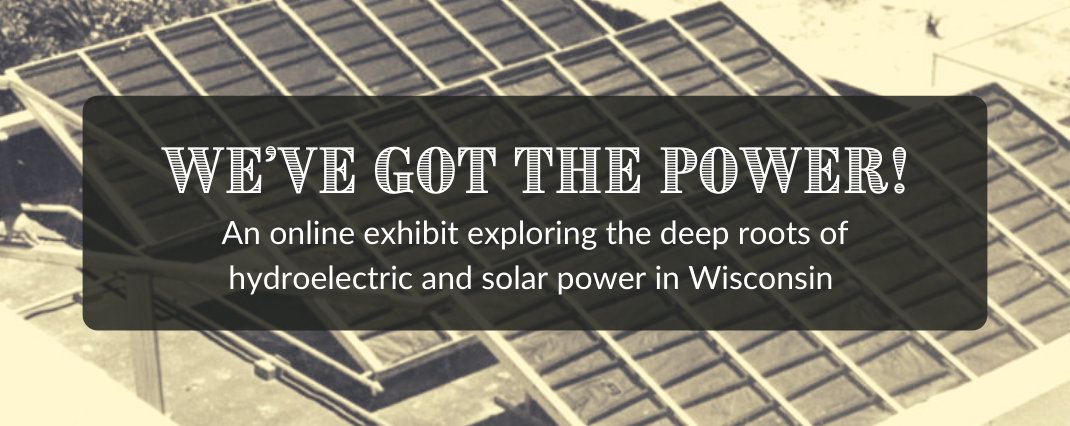


You must be logged in to post a comment.